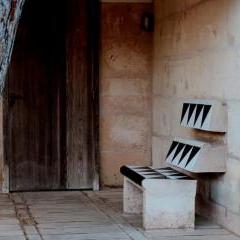Architecture biennale 2018: all hail the new queens of Venice
News from the Web
I’m a rock person and she’s a bog person,” says Shelley McNamara of herself and Yvonne Farrell, her partner in Grafton Architects. She’s referring to their respective birthplaces in the stony west and the soggy middle of Ireland. Or perhaps it was Farrell speaking, in which case the pronouns need to be switched – my notes unpardonably fail to keep track of the badinage between them. Either way, the line nicely captures the preoccupations with place and physicality that inform their architecture. Their friendly interplay also reveals a working relationship that goes back to the early 70s when they were students together at University College Dublin.
Next month the 2018 Venice architecture biennale opens, under McNamara’s and Farrell’s curatorship. Theirs was a striking appointment for what is the world’s greatest exhibition and celebration of architecture, as they stand just outside the circuits of reputation and critical positioning that tend to generate biennale curators (who are appointed afresh for each edition). McNamara and Farrell are neither celebrities nor notable theorists. They are well-respected architects who, determinedly, consistently and over a long period of time, do their stuff. “It was a surprise to us to be invited,” they say, “and that’s putting it mildly.”
But what stuff. The RIBA international prize-winning UTEC, a “vertical campus” for a technical university building in Lima, Peru, that was completed in 2015, looks at least from afar like one of the buildings of the century. Its form is unashamedly dramatic – a high, curving, all-concrete structure intended to echo the cliffs on which Lima stands. It resembles a piece of infrastructure, an outgrowth of the highway that runs past one side or a fragment of a stadium, but then it shifts deftly from this mighty scale to intimate, sociable, half-enclosed zones between the university’s laboratories, lecture theatres, library and offices.























